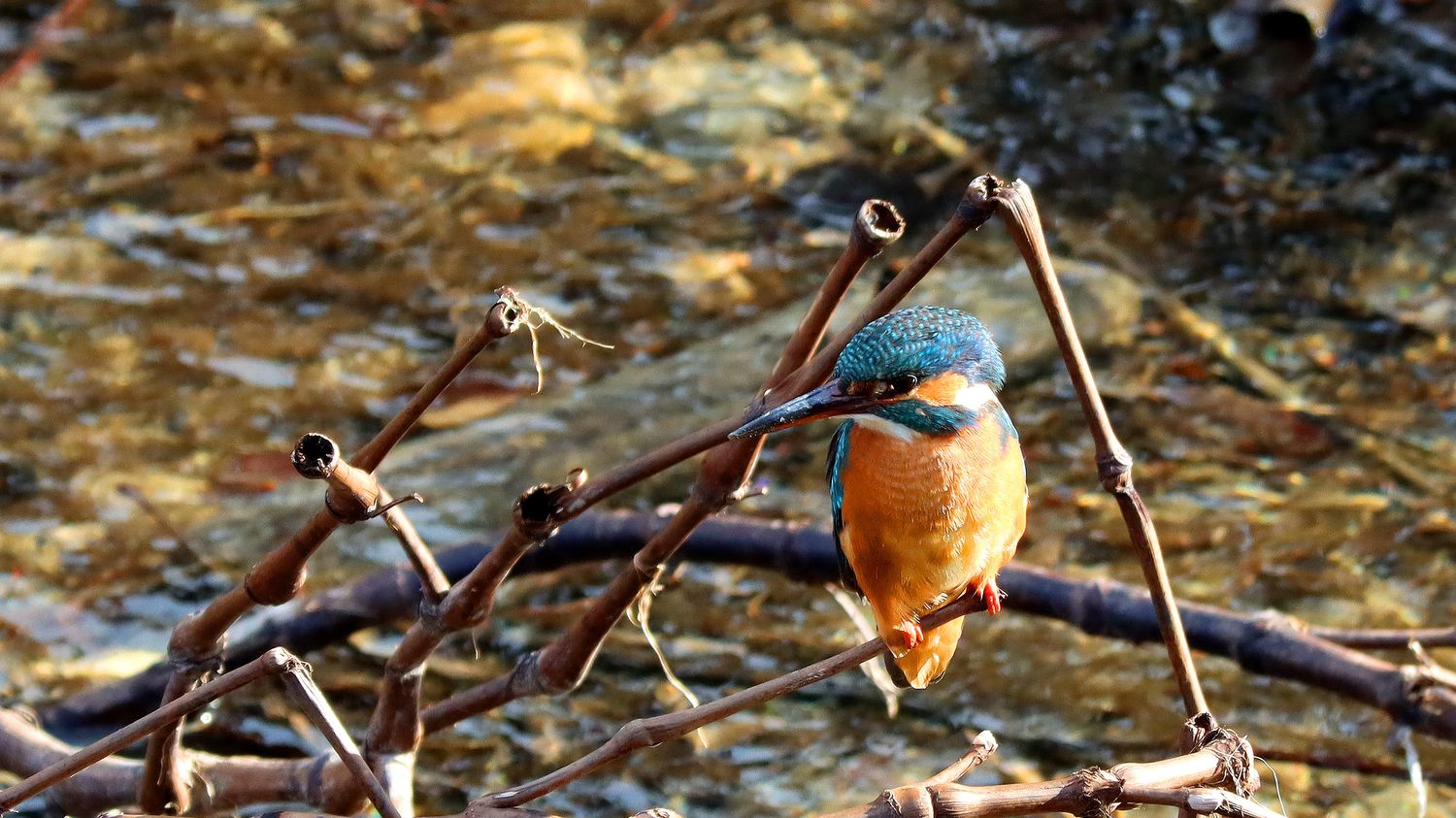Launched in 2012, the Garden Bird Observatory aims to monitor changes in biodiversity and bird populations. Animals which have unfortunately been in decline for several years.
Published
Reading time: 2 min

It’s probably her favorite melody. Régine cannot do without birdsong: “It’s magnificent in the morning when we get up. And I’m lucky to have birds that come to my yard. There are tits, robins and there’s even a jay that walks.” Some of these birds do not come to her house by chance. “To help them in winter, I especially give them seeds and watersays Régine. I even put a swimming pool on them and it’s great to see them. They come to bathe, they snort in the water. It is fabulous !”
If you are lucky enough to have a yard or garden like Régine, you are called to count the birds this weekend of Saturday January 27 and Sunday January 28. You can also do it from your balcony or in a park. This participatory science operation is organized by the Bird Protection League, the National Museum of Natural History and the French Biodiversity Office.
Régine assures her that in her yard, sparrows, tits and other birds are becoming increasingly rare: “There are a lot fewer than before. It’s clear. In ten years, I’ve been able to see the difference, if only in Paris.” And scientific studies confirm that bird populations have fallen by almost 30% in France over the last 30 years.
The “negative impact” of pesticides
“Intensive agriculture is the main factor in the decline of birdsexplains Benoît Fontaine, teacher-researcher at the National Museum of Natural History. So we are in a period where we talk a lot about agriculture, and the point here is obviously not to incriminate the farmers who are essential, there is no doubt about that. Pesticides have a negative impact on many birds, either by directly poisoning them, and the other reason, probably more important, is that pesticides attack organisms that are resources for birds. And if there are fewer resources, the birds decline.”
Not to mention the urbanization and artificialization of land or certain wind turbines installed in the wrong place. But this decline is not observed in all species. “We have species that are decreasing, others that are increasingindicates Benoît Fontaine. The wood pigeon is a species which is increasing greatly. It is a species which is very adaptable, which is found very well in the city or in the countryside.
“There are species, like goldfinches or greenfinches, which are decreasing. These are granivorous species that are more demanding in terms of access to resources and when there is not what is needed, they decrease, which is the case.”
Benoît Fontaine, teacher-researcher at the National Museum of Natural Historyat franceinfo
With the observations made this weekend, scientists will be able to update their data. In 2023, more than 27,000 observers were mobilized and more than 900,000 birds counted, led by the house sparrow, the great tit and the blue tit.
